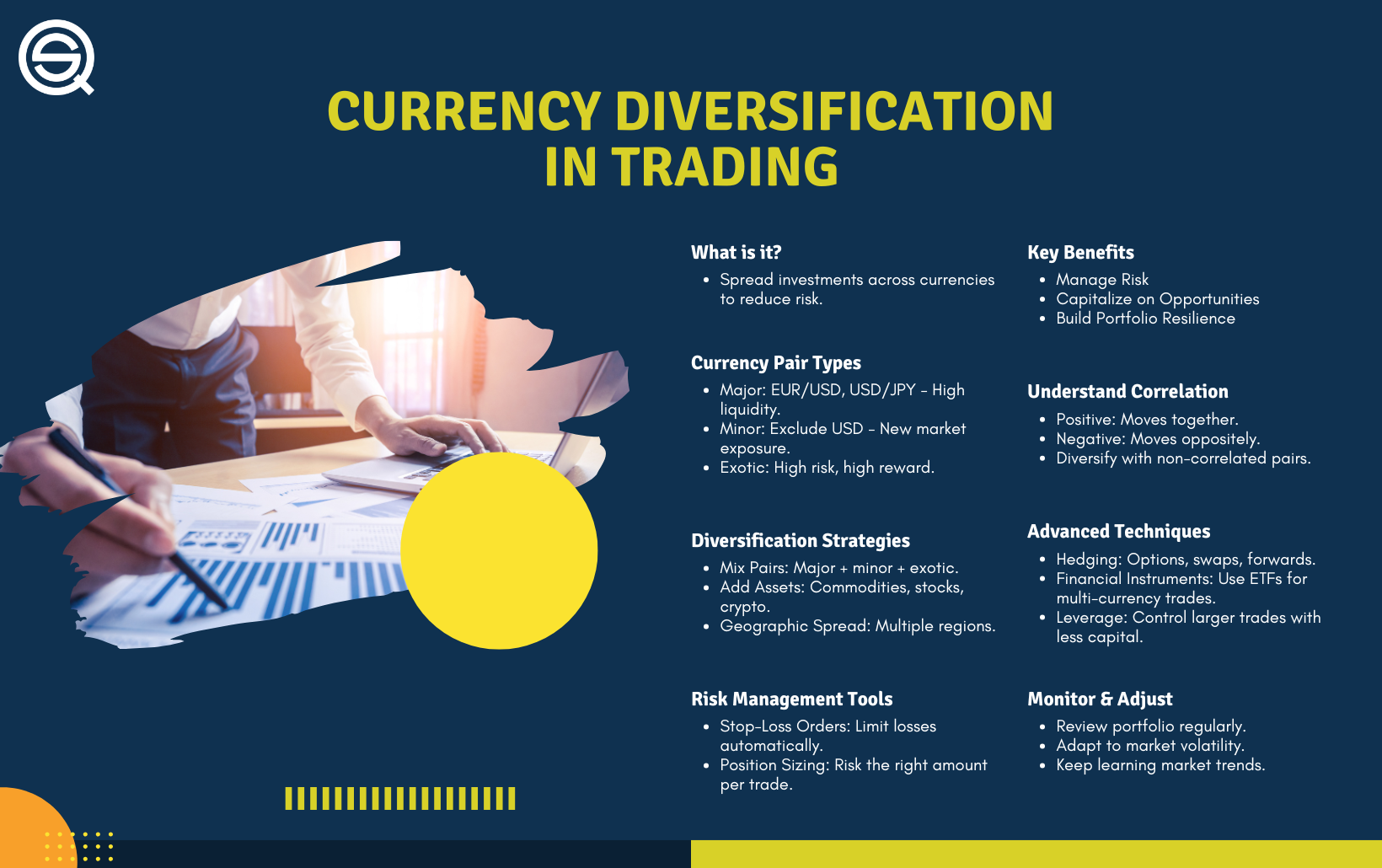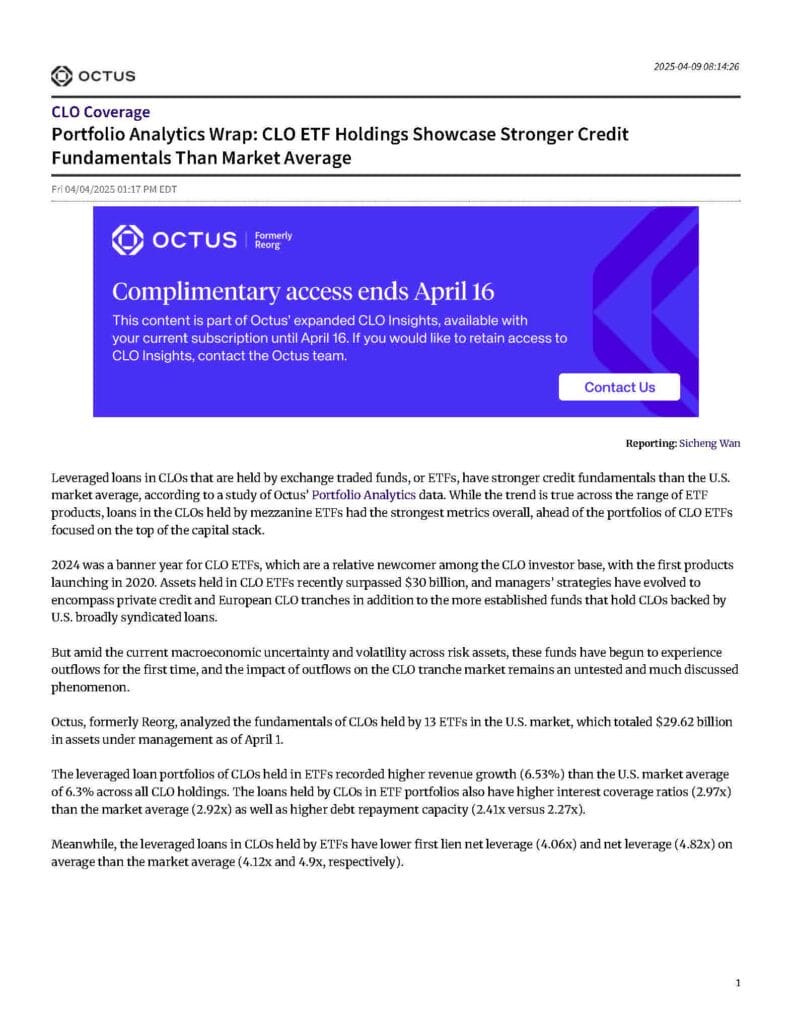Did you know that using leverage in trading is like trying to ride a unicycle on a tightrope—thrilling but risky? In the world of day trading, understanding leverage risk is crucial for success. This article delves into the nuances of leverage risk, defining what it is and how it can amplify both profits and losses. You’ll learn about the common dangers of high leverage, the potential for margin calls, and effective strategies to manage this risk. Additionally, we’ll discuss the impact of broker policies, the role of risk management, and how tools like stop-loss orders can help safeguard your investments. We also explore the psychological effects of leverage, signs of excessive usage, and the regulatory landscape surrounding it. By the end, you’ll be better equipped to evaluate your own leverage risk tolerance and understand its long-term implications on your trading capital, all with insights from DayTradingBusiness.
What is leverage risk in day trading?
Leverage risk in day trading is the chance of losing more money than your initial investment because borrowed funds amplify both gains and losses. Using high leverage can quickly wipe out your account if the market moves against you. Always understand that while leverage increases potential profits, it also magnifies potential losses, making risk management crucial.
How does leverage amplify trading profits and losses?
Leverage multiplies both profits and losses. If you use 10:1 leverage, a 1% price move can generate a 10% profit or loss. This means small market changes can significantly boost your gains or wipe out your account quickly. Always understand that while leverage increases potential rewards, it also magnifies risk, making losses much larger than your initial investment.
What are the common risks associated with high leverage?
High leverage amplifies both gains and losses, increasing the risk of rapid account depletion if trades move against you. It can lead to margin calls, forcing you to close positions at a loss or add more funds quickly. Overleveraging can cause emotional trading decisions, making you take bigger risks than your capital can handle. In fast markets, small price swings can wipe out your account faster with high leverage. Always understand that high leverage magnifies risk, especially in volatile day trading environments.
How can leverage lead to margin calls?
High leverage amplifies your trading position, increasing both potential gains and losses. If the market moves against your position, the margin used can quickly erode your account balance, triggering a margin call. This forces you to deposit more funds or close positions to meet margin requirements, risking forced liquidation. Using excessive leverage makes it easier to hit margin calls during volatile swings, especially in day trading where quick price movements happen. Always understand the risks of leverage—small adverse moves can wipe out your margin and lead to margin calls if you're over-leveraged.
What are the best ways to manage leverage risk?
To manage leverage risk in day trading, set strict stop-loss orders to limit potential losses, avoid overleveraging—use only a small percentage of your account per trade—and diversify your trades to prevent heavy exposure. Keep a close eye on market volatility and avoid trading during unpredictable events. Use margin cautiously, and always have a clear risk-reward ratio before entering a position. Regularly review and adjust your leverage levels based on market conditions and your trading experience.
How much leverage is too much for day trading?
Too much leverage for day trading is generally anything over 10:1. It amplifies both gains and losses quickly, risking your entire account on small market moves. Use leverage cautiously; higher ratios can wipe out your capital in minutes. Most experienced traders stick to 2:1 or 3:1 leverage to manage risk effectively.
What are the signs of excessive leverage use?
Signs of excessive leverage use include rapid account drawdowns, margin calls, and sudden forced liquidations. You might notice your positions becoming highly volatile or difficult to control. If small market moves wipe out large portions of your capital, you're likely over-leveraged. Watch for frequent margin alerts or account warnings. Excessive leverage amplifies losses, making your trading unpredictable and risky.
How do broker policies affect leverage and risk?
Broker policies determine the maximum leverage you can use, increasing both potential gains and losses. Higher leverage amplifies risk, making small market moves more impactful on your account. If a broker restricts leverage, your risk per trade decreases, but your profit potential also drops. Always know your broker’s leverage limits—more leverage means faster losses, especially in volatile markets. Understanding these policies helps you manage risk and avoid margin calls during day trading.
What role does risk management play in leverage trading?
Risk management is crucial in leverage trading because it limits potential losses from amplified market moves. Without it, small unfavorable swings can wipe out your account quickly. Using stop-loss orders and controlling position sizes helps protect your capital. Proper risk management ensures you can stay in the game despite the high volatility and leverage-related risks.
How can stop-loss orders reduce leverage risk?

Stop-loss orders limit potential losses on each trade, preventing small setbacks from turning into large losses. By setting a predefined exit point, they automatically close your position if the market moves against you, reducing the impact of high leverage. This control helps manage risk exposure, especially in volatile markets, protecting your capital from excessive leverage-related losses.
What are the legal and regulatory considerations for leverage?
Leverage amplifies both gains and losses, so regulators often set limits on maximum leverage to prevent excessive risk. Many jurisdictions require clear disclosure of leverage risks and mandate margin requirements. You must understand that high leverage can lead to margin calls if your trades move against you, potentially wiping out your account. Regulatory bodies may restrict leverage levels for retail traders, so check your country's rules—like the SEC in the US or ESMA in Europe. Ignoring these rules can lead to fines or account suspension. Always ensure your broker complies with local regulations and provides transparent leverage limits.
How does leverage impact trading psychology?
Leverage amplifies both gains and losses, increasing stress and emotional swings during trading. It can lead to overconfidence or panic, causing impulsive decisions. High leverage makes setbacks feel more intense, risking emotional burnout. Managing leverage carefully helps maintain discipline and keeps trading psychology stable.
Learn about How does leverage affect day trading psychology?
What are the differences in leverage risk across markets?

Leverage risk varies across markets due to differing margin requirements and volatility. Forex markets often offer high leverage, magnifying both gains and losses, making them riskier for day traders. Stock markets typically have lower leverage limits, reducing potential losses but also limiting profit margins. Cryptocurrency markets can have extreme leverage options, increasing the risk of rapid, significant losses. Futures trading involves high leverage with substantial volatility, amplifying risk levels. Overall, higher leverage means bigger potential losses relative to your capital, so understand each market’s leverage limits and volatility before day trading.
Learn about Does leverage risk vary across different markets?
How can I evaluate my leverage risk tolerance?
Assess your leverage risk tolerance by calculating how much you’re willing to lose on a trade without panic. Start with small positions and see how you handle potential losses. Use stop-loss orders to limit downside and test your emotional response. Review your trading history—note how you reacted during losses or volatile moves. Consider your overall financial situation—can you afford a significant loss? Be honest about your risk appetite; if high leverage makes you anxious or prone to impulsive decisions, it’s a sign your leverage risk tolerance is low. Regularly reevaluate as you gain experience and market conditions change.
Learn about How to evaluate leverage risk in day trading strategies?
What are the long-term effects of high leverage on trading capital?
High leverage can amplify profits but also doubles your risk of large losses, potentially wiping out your trading capital quickly. Over time, sustained high leverage increases the chance of margin calls and forced liquidations, eroding your account balance. It can lead to emotional trading, poor decision-making, and significant financial instability. Long-term, relying on high leverage can drain your capital, reduce your ability to recover from losses, and limit your trading flexibility.
Conclusion about What should I know about leverage risk before day trading?
In conclusion, understanding leverage risk is crucial for successful day trading. Leverage can significantly amplify both profits and losses, making it imperative to recognize the associated risks, such as margin calls and excessive use. Implementing effective risk management strategies, utilizing stop-loss orders, and being aware of broker policies are essential steps in mitigating these risks. Evaluating your leverage risk tolerance and considering legal regulations are also vital for sustainable trading practices. For comprehensive insights and support in navigating these challenges, DayTradingBusiness is here to help you thrive in the dynamic trading environment.
Learn about What should beginners know about legal compliance in day trading?